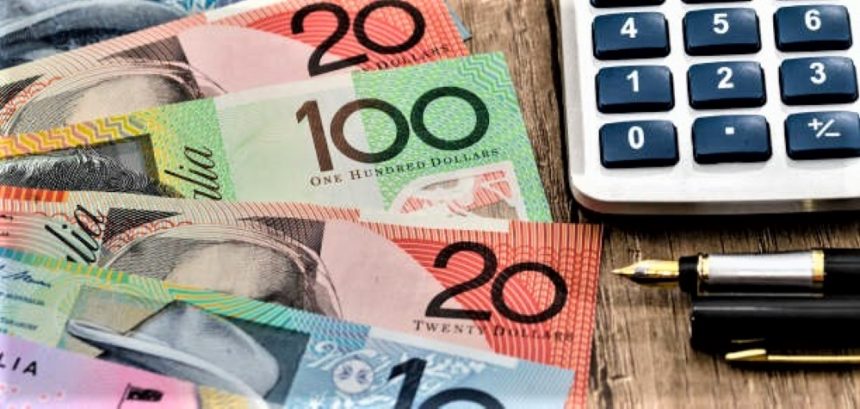The bids for AUDUSD increase as the week continues to recover from its three-week low.
The AUDUSD currency pair records its first daily gains in four days on Monday as it bounces back from its lowest levels in three weeks and trades modestly higher around 0.6670. In doing so, the Aussie pair uses encouraging cues from China’s official activity statistics and Australian inflation signals to explain the market’s marginally upbeat mood and the US Dollar’s decline.
Nevertheless, China’s official NBS Manufacturing PMI increases 0.1 points to 49.3 from 49.2. The Non-Manufacturing PMI eases to 51.5 from 53.2 before, which is lower than predicted and 49.0 prior.
Australia TD Securities’ July inflation data shows a MoM improvement and a YoY decline.
Australia’s TD Securities Inflation also increased in July from 0.1% to 0.8% MoM, however the annual statistics decreased from 5.7% in June to 5.4% in July. In contrast, Australia’s Private Sector Credit in June softens to 0.2% and 5.5% on a MoM and YoY basis, respectively, down from 0.4% and 6.2% in May.
In advance of the RBA, US ISM PMIs, and NFP, the market’s cautious optimism enables the Australian dollar to consolidate recent losses.
The AUDUSD prices have a floor because of expectations that China will continue to stimulate the economy and increase demand, according to Bloomberg’s report.
The remarks from Neel Kashkari, president of the Federal Reserve Bank of Minneapolis, citing concerns for the US employment sector amid stronger rates, may have strengthened the corrective rebound. The US Dollar may also be affected by Friday’snegative inflationary hints.
As a result, the US Dollar Index (DXY), which had reversed from a three-week high the day before due to negative readings for the Fed’s favored inflation indicator, the Core Personal Consumption Expenditure Price Index (PCEPI), remained directionless at 101.70. In addition, the University of Michigan’s (UoM) 5-year Consumer Inflation Expectations and the depressing readings of US Personal Income and the US Michigan Consumer Sentiment Index for July all contributed to the DXY decline the day before.
In light of this, Wall Street ended the day on a bullish note, and the previous day’s yield decline had resulted in slightly firmer yields by press time. Despite this, the S&P500 Futures show modest increases at the time of publication.
In the near future, the US ISM PMI sand risk catalysts can keep AUDUSD traders amused until Friday’s very important US jobs report for July, which will be critical to watch for obvious directions.
Technical Outlook
If the 100-DMA and a two-month-old rising trend line don’t provide a daily closing above 0.6690, a support-turned-resistance combination, AUDUSD bears remain optimistic about more declines until testing the late-June swing low of about 0.6600.









